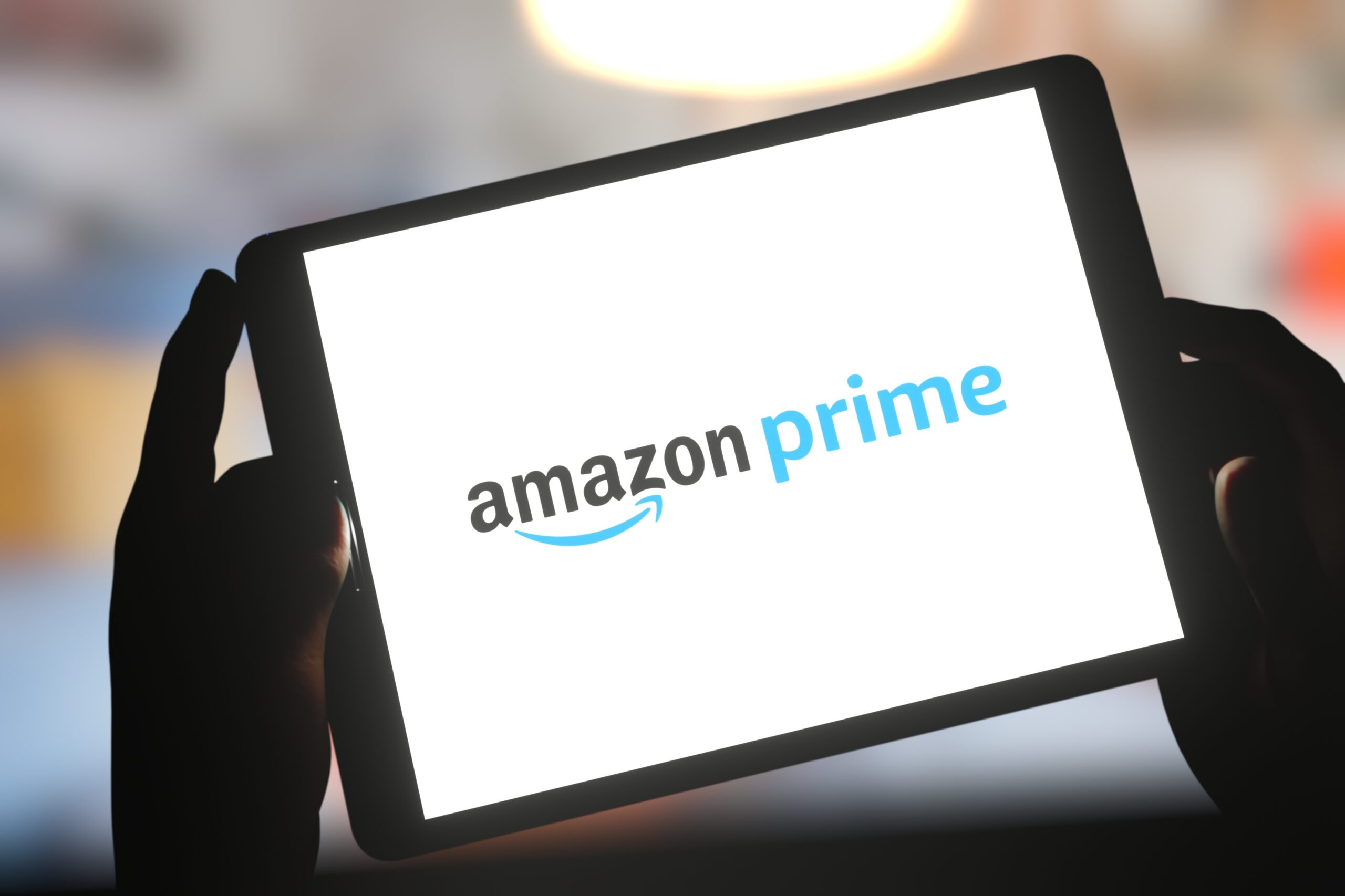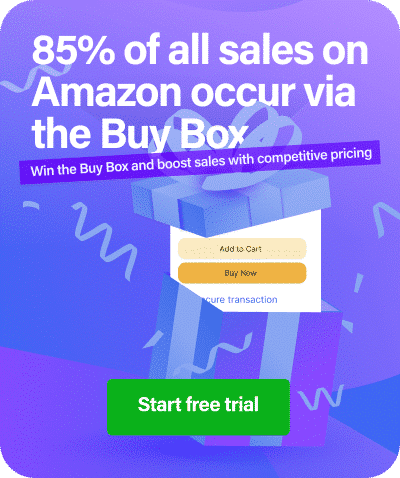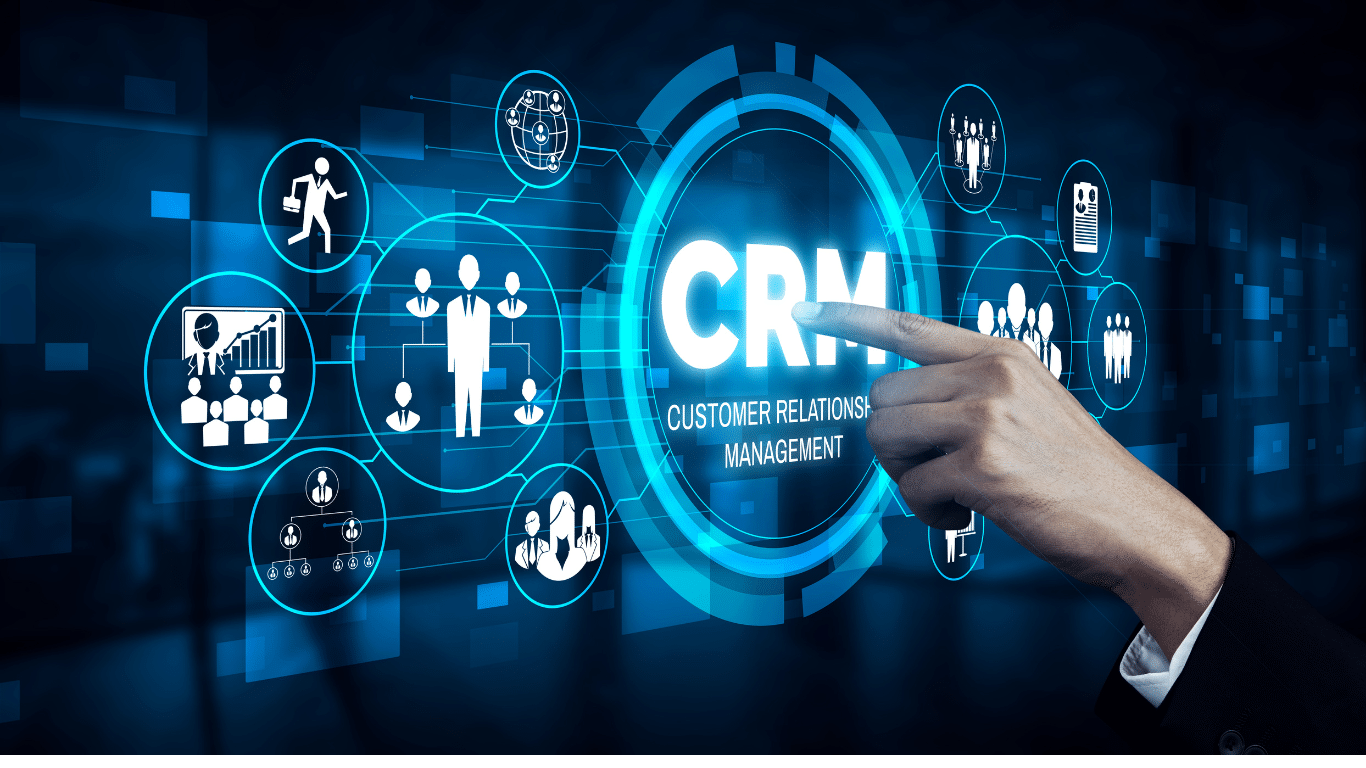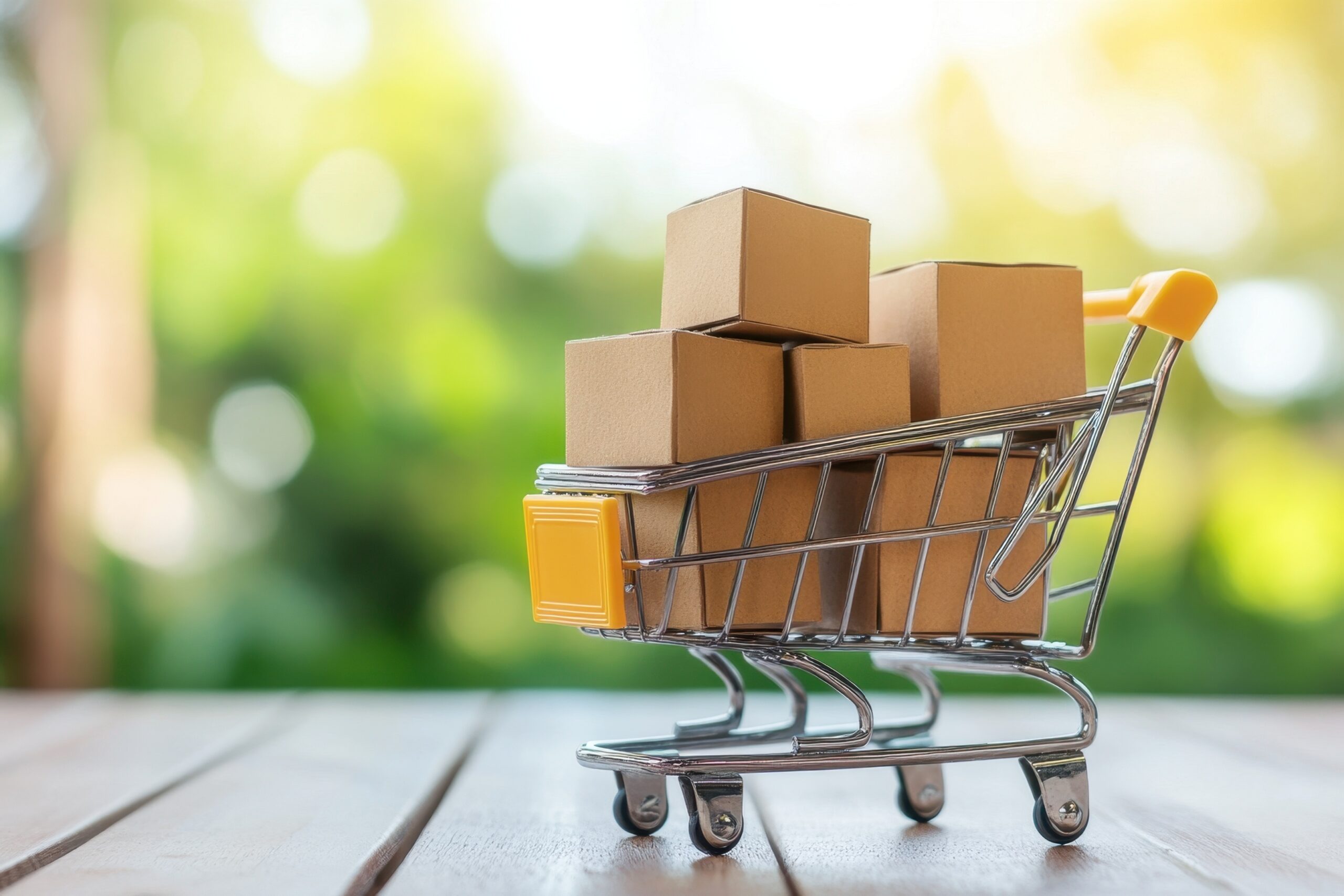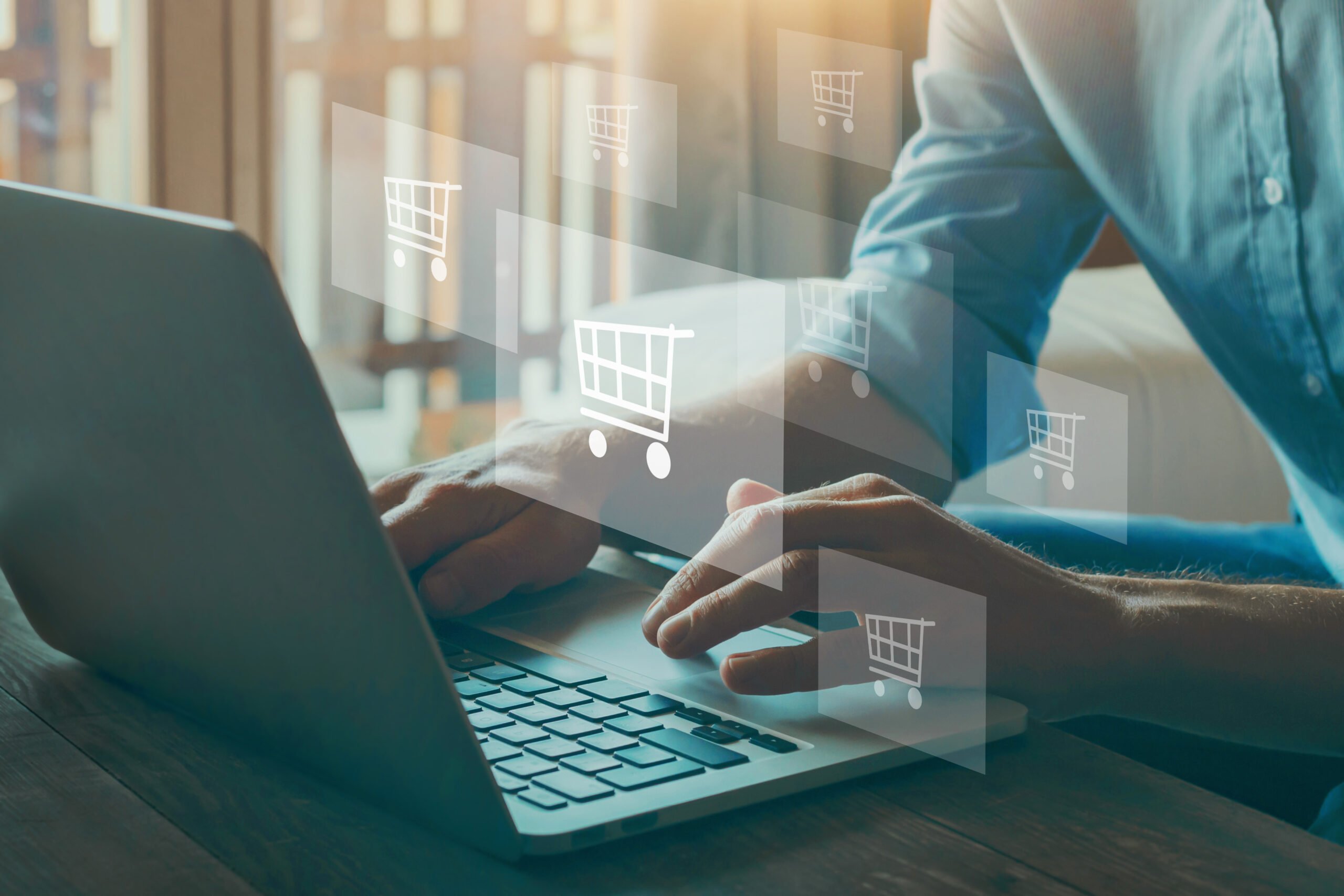Can Amazon Prime really help you sell more? Yes, when your offers carry the Prime badge then shoppers see fast, reliable delivery and feel safe to buy. When you pair that trust signal with optimized listings and smart pricing, you’ll turn more views into orders without blowing up your margins.
In this guide, we’ll show how to earn and use Prime eligibility, where it boosts conversion the most, and how to link it to pricing to give your gains staying power.
Why does Prime matter for Amazon sellers?
It pays to think of Prime as your ultimate trust shortcut. Shoppers they’ll get fast shipping, simple returns, and a consistent experience, and Prime assures them that you’ll give them all of those things. For you, this trust shows up as higher click-through, stronger conversion, and better review velocity. The best way to win more of those outcomes is making sure your offers are Prime-eligible and your prices stay competitive enough to win the Featured Offer.
Beyond the badge, Prime also widens your audience reach during big Amazon events like Prime Days. If you plan inventory, listing quality, and pricing around peak windows, you’ll catch more of the surge instead of watching it pass by.
Nearly 60% of Prime member orders arrived the same or next day across the top 60 US metros in March 2024.
Do Prime badges actually boost conversion?
Yes, they really do. Faster, predictable delivery reduces the risk buyers feel at checkout, so when shoppers see Prime on your offers, they’re more likely to add to cart. That’s especially true on mobile or for repeat purchases.
If you also sell on your own site, the Prime promise matters there too. Extending Prime-style delivery off-Amazon has been shown to improve how many visitors complete a purchase.
A Prime badge increases shopper conversion by 25% on average.
How to qualify for Prime: FBA vs Seller Fulfilled Prime
You’ve got two main paths to the badge, so let’s walk through both.
Fulfillment by Amazon (FBA)
- Amazon stores your inventory, ships orders, and handles customer service and returns.
- Your offers become Prime-eligible by default if they meet FBA standards.
- You still need pricing that can win the Featured Offer. That’s where a strong repricing strategy helps.
Seller Fulfilled Prime (SFP)
- You keep inventory in your own network and ship orders with fast, reliable carriers.
- You need to meet strict performance thresholds and pass a trial.
- This is a good fit if you have unique handling or oversized items where FBA isn’t a match.
Whichever route you choose, get the basics right, that is: realistic handling times, carrier SLAs you can keep, and inventory positioned where your buyers are.
In 2024, more than 9 billion items arrived on the same day or the next day, up over 60% year over year.
Prime Day and Big Deal Days: what to do before, during, and after
Prime events compress demand into tight windows, sending a surge of traffic to offers that promise fast delivery and clear value. So, how do you make sure you’re on the radar come the big day?
Before the event
- Tighten your top 20 listings so your titles, bullets, and images answer the obvious questions.
- Set guardrails on price and stock and make sure you decide your floor for key SKUs so you can compete without killing margin.
- Map promos to inventory depth, and apply coupons or Prime Exclusive Discounts where it makes sense.
During the event
- Watch the Featured Offer like a hawk, because small, timely price moves can keep you eligible and visible.
- Shift budget toward high-intent terms and product pages already seeing traffic.
- Keep replies fast in case shoppers ask “where’s my order?” or ask about product fit.
Amazon’s four-day Prime Day event in July 2025 resulted in a record $24.1 billion in US eCommerce spending, a 30.3% year-over-year increase.
After the event
- Restock your top-selling products first so you don’t hand your hard-won momentum to your competitors.
- Roll your best-performing offers into a weekend carryover while cost per clicks settles.
- Turn anything you learnt from the event into an evergreen advantage by keeping the messaging that answered hesitations and retiring what didn’t move the needle.
Pricing strategy that works with Prime
Prime gets you in the consideration set, but then pricing closes the gap. Here are some solid pricing strategies:
- Aim for price consistency and avoid sudden spikes that suppress the Featured Offer.
- Set floors and ceilings to protect your margins while staying competitive.
- Respond to the market not the minute, and let rules (not impulses) guide changes across the day.
- Use a pricing tool with features that help you win the Buy Box and keep margins in range.
- Track your all-in shopper price, item price plus shipping, since shipping credits and VAT can shift your competitiveness by a few points.
Amazon Prime now has more than 200 million subscribers across 23 different countries, with the average spend per subscriber being $1,400 per year.
What to measure and how to improve each week
Keep it simple and actionable.
- Featured Offer win rate tracked by ASIN and by price band
- Unit session percentage where rising conversion means your mix of Prime eligibility content and price is working
- Delivery promise kept and for SFP match your advertised speeds to actual speed
- Event readouts with a one-pager after each Prime window noting what won, what ran out, and which levers paid off
Main takeaways and what to do next
Here’s your quick recap:
- Prime gets you trust, speed, and visibility.
- Conversion climbs when buyers see a fast, reliable promise and a price that feels fair.
- Tie the badge to better content and disciplined pricing, and you’ll see steadier sales without firefighting.
Your next moves
- Pick your Prime path by enabling FBA on your top SKUs or start prequalifying for SFP if in-house shipping is your edge.
- Optimize your top listings and set price guardrails so you can keep the Featured Offer as traffic rises.
- Map a light plan for the next Prime event: offers, budgets, and a daily check on win rate and stock.
- Review one pricing rule each week and retire anything manual that causes swings you didn’t intend.
- Keep a running one-pager of lessons after each event and apply them.
If your offers are Prime-ready, make your pricing ready too: Book a Free Demo and learn how Repricer.com holds the Featured Offer without racing to the bottom.
FAQs
What’s the fastest way to get the Prime badge on my offers?
If your items fit standard sizes and handling, FBA is the quickest path because Amazon manages storage, shipping, returns, and customer service. Your offers become Prime-eligible when they meet FBA standards. If your products are bulky or need special handling, explore SFP, but be ready to meet strict shipping and tracking thresholds consistently.
Is Prime worth it if my margins are tight?
Usually, yes, because the conversion boost from faster, reliable delivery can offset lower unit margins. The trick is to set minimum price floors and watch landed prices so you don’t win the Featured Offer at a loss. It’s a good idea to start with your top sellers, measure unit session percentage for two weeks, and expand if you see a clear lift.
How should I prepare for Prime Day without a huge team?
Above all else, keep it simple. Clean up your top 20 listings, set price floors, and monitor Featured Offer win rate twice a day. Also, shift ad spend to bestsellers and high-intent terms during the event. After, reorder winners and roll your best deal into the weekend to catch late shoppers.
Can I keep the badge without using FBA?
Yes, through Seller Fulfilled Prime, but the bar is high. You’ll need to pass a trial and maintain on-time delivery, valid tracking, and low cancellation rates. If you can hit those targets consistently, SFP gives you flexibility without giving up the Prime badge.
What if I lose the Featured Offer during a peak window?
Check price parity first. If a competitor undercut you or your landed price drifted, adjust within your guardrails. Confirm your stock position, shipping promise, and handling time. If those are stable, test a small price move and watch win rate in 30-60-minute windows.
How do I connect pricing with inventory so I don’t stock out?
Relax your rules as stock runs down. Nudge prices up gradually to protect availability and margin. If you do run out, schedule a fast reset when inventory returns, so you’re not stuck with event pricing in a quiet week.
